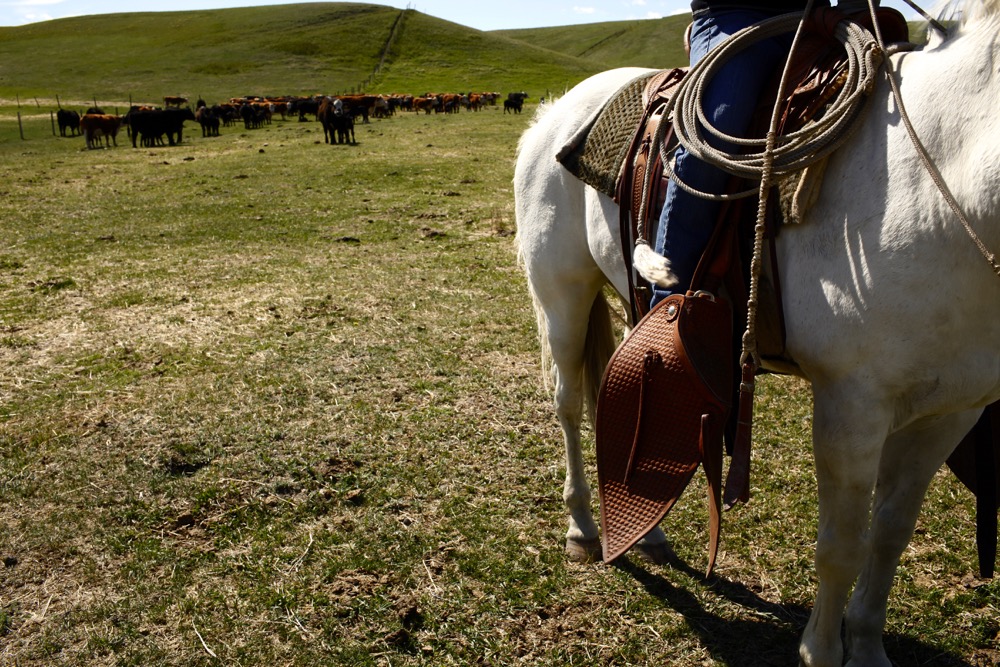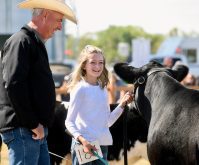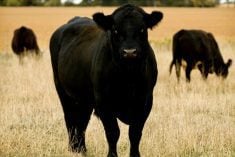If there was ever a time for optimism in the beef industry, it would have to be now. Positive developments in market access over the summer months are of practical as well as symbolic importance. Fully restored access to Mexico and the resumption of trade to Taiwan are important as every gain in market access supports competition for Canadian beef. These developments also mark the removal of some of the few remaining bovine spongiform encephalopathy (BSE) trade restrictions in the world, and that will help instil confidence in Canadian beef producers to grow their herds. I am confident this optimism was palpable at the Canadian Beef Industry Conference in Calgary earlier in August, and at the Canadian Cattlemen’s Association (CCA) semi-annual meeting that was also held there.
Read Also

Body condition, nutrition and vaccination for brood cows
One of the remarkable events of the past century related to ranching has been the genetic evolution of brood cows….
The Mexico announcement is the final step in normalizing the Canada-Mexico beef trade. Canadian officials had approved Mexico to export beef to Canada two years earlier. Prior to the October 1, 2016 implementation, a team of Mexican officials will visit Canadian beef-exporting facilities, likely this summer.
Currently, the most significant remaining BSE-related market restriction that CCA and the Government of Canada are continuing to work on is expansion of access in China to full under-30-month (UTM) from boneless UTM. In 2015, China became Canada’s second-largest export market, up from fifth place in 2014. The value of Canadian beef exports to China more than doubled in 2015 and there is further potential once access is expanded.
These are important considerations for Canadian beef producers as they continue to make their individual production decisions. An additional consideration is the Verified Beef Production Plus (VBP+) program. Launched in June, VBP+ includes training and auditing for animal care, biosecurity and environmental stewardship along with on-farm food safety practices within the cow-calf and feedlot sectors. Through validating sustainable practices at the primary production level, VBP+ enables producers to publicly demonstrate their commitment to responsible stewardship of both cattle and resources.
While this program will help industry respond to future situations like we saw earlier this year with Earls, this is no flash-in-the-pan effort. VBP+ is an expansion of the original VBP program, which grew from its roots in the Quality Starts Here program, an educational initiative started by the CCA years ago to help the beef industry move toward the highest beef quality in the world. Work to expand the national program offering and enhance provincial delivery across all provinces was initiated in late 2013 to address growing consumer demands for transparent, accountable, and sustainable beef production. VBP+ is operated by the Beef Cattle Research Council. Funds to develop and deliver VBP+ are provided through the Canadian Beef Cattle Check-off and the Government of Canada under Growing Forward 2’s AgriMarketing Program — Assurance Systems stream.
Programs like VBP+ are about what producers can do to be more responsive to the future direction of the industry. I reiterated this message to participants attending the Beef Farmers of Ontario’s Beef Youth Development Program in July. I discussed industry politics and opportunities, and underscored the need to embrace innovation and research for a viable industry going forward.
I was pleased to travel to Edmonton to address delegates at the Alberta Beef Producers semi-annual meeting. I met with Mexican President Enrique Peña Nieto in Ottawa, where he later announced that Mexico will fully reopen to Canadian beef in October. At a luncheon in the Parliament Building in honour of President Peña Nieto hosted by the Ministers of Finance, Foreign Affairs, International Trade, and Small Business and Tourism, I was fortunate to be seated with Minister Chrystia Freeland and several members of the Mexico delegation. Over a lunch of delicious Canadian striploin, the delegation shared its delight with increased access to Canadian beef, which is held in high regard in Mexico, and potential workforce opportunities at Canadian packing plants and on Canadian farms.
Of course, earlier this year I was in Brussels, Belgium with Minister Freeland as she promoted the benefits of the Comprehensive Economic and Trade Agreement (CETA) to the European Union (EU) Parliament’s International Trade Committee meeting. In the uncertainty following the Brexit vote, the European Commission presented a formal proposal to the Council of the European Union (EU) to sign and conclude the CETA.
As I write this column, the commission had just pitched the proposal as a “mixed agreement,” meaning the deal will need to be approved by each of the EU’s 28 member parliaments. The proposal is thought to be the fastest way to get the CETA ratified amid uncertainty over the U.K.’s future in the EU. If, as expected, the council next meets in October, and if a consensus decision is attained from all 28 EU parliaments, it will be possible to provisionally apply CETA.
The Liberal government said it looks forward to signing CETA with its European partners this year and to its ratification in Canada and by the EU Parliament early next year. The CCA will continue its efforts to resolve long-standing technical trade barriers with the EU in the meantime.
















